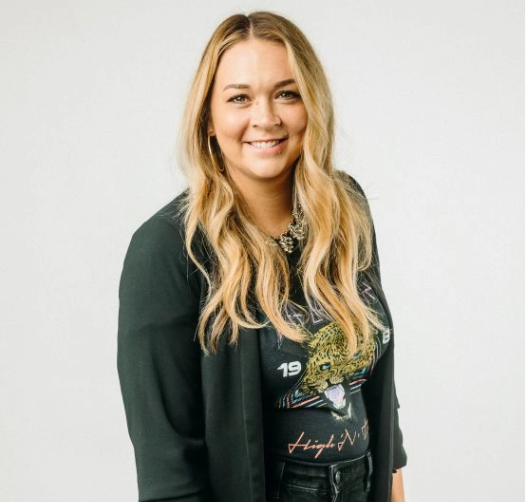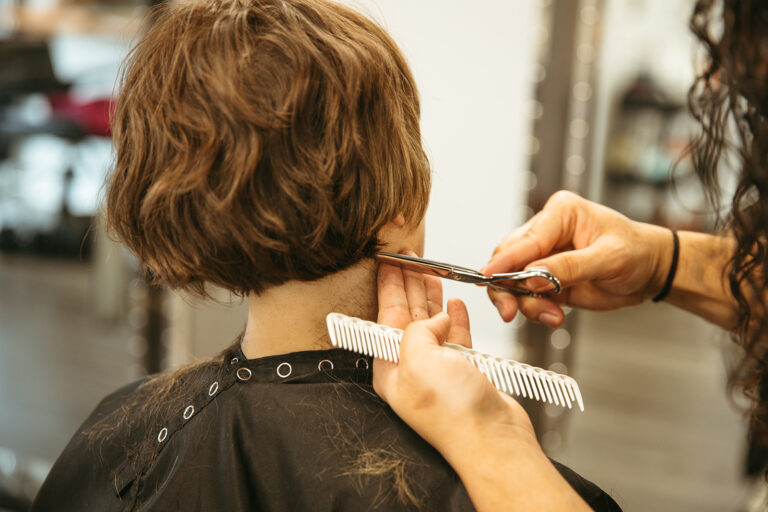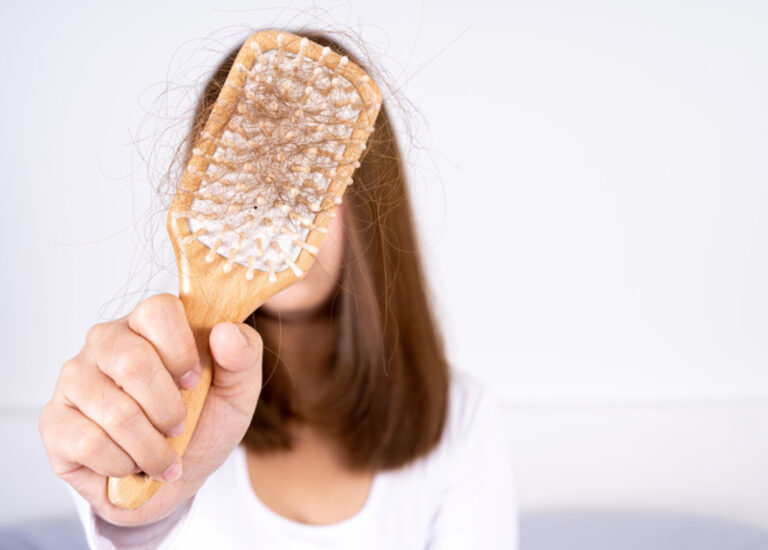The Art and Science of Hair Coloring: Toner and Gloss

Meet Hollyn Ursrey, an experienced stylist with 11 years in the industry, specializing in the art of blonding. Today, she shares insights into the crucial role of toner and gloss in the hair coloring process, specifically after highlights.
Understanding Toner and Gloss
Toner and gloss are indispensable steps in achieving the perfect hair color. Hollyn clarifies that a toner is essentially a gloss, with different salons using varied terminology for the same purpose. These products play a pivotal role in enhancing color, neutralizing unwanted tones, and sealing the cuticle after highlights.
Neutralizing and Enhancing Tones
To counteract unwanted tones, stylists like Hollyn customize toners based on the color wheel, strategically choosing shades that complement or neutralize the lifted hair. Gloss, on the other hand, intensifies desired tones, adding vibrancy and shine to the hair.
Sealing the Cuticle and Enhancing Shine
Toner and gloss contribute to overall hair health by filling in lifted hair, sealing the cuticle, and providing essential conditioning. The application of gloss with a low pH helps in smoothing the hair, contributing to its shine and vibrancy.
Personalization and Customization
Choosing the right toner or gloss involves a meticulous process where stylists consider factors like hair type, color goals, and skin tone. Hollyn emphasizes the importance of using the color wheel to achieve personalized and customized results, reflecting current trends and popular color combinations.
Maintenance and Longevity
For clients seeking longevity in their highlights, Hollyn recommends toners to freshen the look of older highlights. Additionally, proper aftercare, including the use of professional products, heat protectors, and avoiding harsh elements like chlorinated water, is crucial for maintaining vibrant and healthy color-treated hair.
Common Misconceptions
Addressing misconceptions, Hollyn dispels the notion that toners turn hair purple, emphasizing that when formulated correctly, toners should not have such effects. She also clarifies that most toners are not damaging, as they often use low to no ammonia, providing a healing touch to the hair.
In conclusion, Hollyn stresses the importance of understanding the role of toner and gloss in the overall hair coloring process. Trusting your stylist and engaging in open communication fosters a collaborative effort in achieving the best results for your hair.
Final Tips and Recommendations
Hollyn leaves clients with valuable advice: always communicate with your stylist, ask questions, and embrace the educational aspect of the process. With the right knowledge and professional guidance, you can confidently embark on your hair coloring journey, knowing that toner and gloss are essential allies in achieving your desired look.



